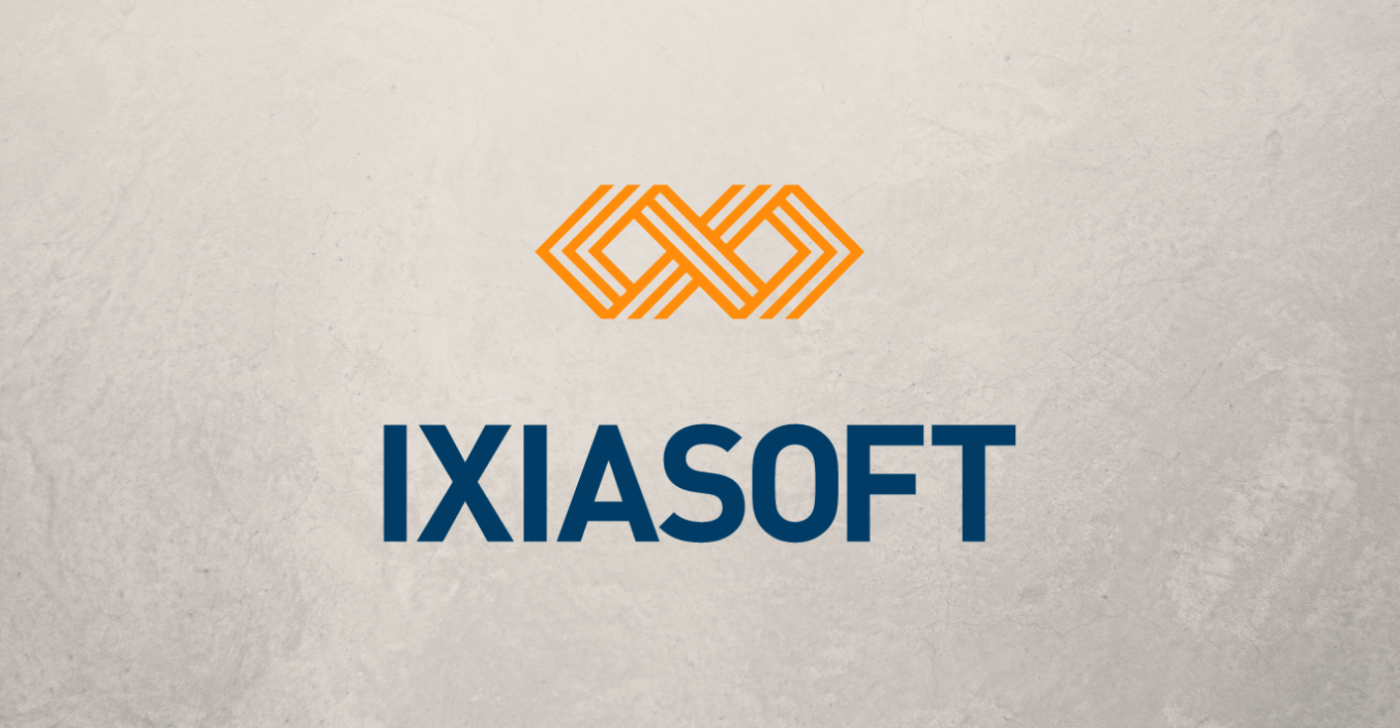Do you need better terminology management at your enterprise? Perhaps you’re aware of some of the challenges of poor terminology management, such as inconsistent use of correct terminology across different content types, or frequent queries from translators localizing the content that slow down time to publication.
Dealing with terminology challenges is one thing — pitching the right solution to management is another! If you need support making a business case for focused resources to improve terminology management, this blog is for you. We’ve compiled some useful arguments and proof points that matter to leadership, to illustrate why a strategic approach to terminology is important.
Throughout this blog we’ll expand on the arguments in favor of becoming terminology savvy at your enterprise. For example:
- Consistent terminology improves your brand image and customer’s trust
- Effective terminology management pays for itself, especially when you combine a modern terminology management system with guidance for content creators
In favor of terminology management
With every new content piece, the potential for new terminology emerges. Sometimes it’s an intentional process of deciding new ways to describe your product or services, but it can also be unintentional. Have you ever noticed that different business units or teams each have a different way of describing the same product, feature, or process? Or perhaps you’re noticing it while proofreading translated content, where you’ll find different translations of the same term.
A lot of energy is spent revising inconsistencies in terminology usage. Because incorrect terminology confuses customers, and inevitably burdens support teams. At worst, it can introduce compliance issues and lead to product misuse. Who knew that something as simple as clear, consistent content can prevent unwanted lawsuits!
The advantages of consistent terminology are many. They include:
- An improved brand image that increases customer trust
- Greater customer satisfaction
- A consistent user experience across different content channels
- Greater adoption and feature usage as customers feel empowered by clear self-service content
- Clear and precise information is key to buying decisions — even more so in competitive markets
To achieve a unified customer experience through content you’ll need to:
- Communicate consistently across all channels
- Make sure your website uses the right keywords in all languages
- Use machine translation and AI applications efficiently
It sounds simple, but when anyone at your company can be a content contributor, ensuring that consistency requires some finesse. The answer? Active terminology management. So far, we’ve reiterated the basics about why terminology management is important. But to appeal to leadership, you’re going to need some numbers to back that story up. So now, let’s look at some of the hard facts.
Compelling data for better terminology management
When we say terminology work pays off, we mean it literally. You spend a lot of time and money creating content already, so investing in a terminology management tool has to prove it’s worth. Hopefully it does that by giving you back valuable resources (time and money) that you can reinvest in your company — while delivering content that fulfills its purpose. Here’s a few examples to model your own calculations from, to build your own business case for seamless terminology management.
Terminology work pays off — Company one:
An Austrian company in the mechanical engineering field has more than 3,000 employees and a translation volume of almost 600,000 € per year. The terminology management workflow at this company was incredibly time consuming — with a total of 60 people involved in the company’s terminology committee. Every time a new term needed to be revised, updated, or discussed, it had to be approved by the terminology committee. Inevitably, the content team struggled to produce content at the speed of new business developments.
After implementing a terminology management tool, the cost of terminology work reduced to 200,000 € in the first 12 months. Each year after, they continued to decrease to:
- 130.000 €
- 100.000 €
- 90.000 €
- 70.000 €
- 50.000 €
How did they do it? Using technology to solve terminology management challenges reduced the amount of time required to discuss and manually update the terminology database. If we break down the cost savings, the company reported:
- Reduced communication and editorial cycles led to improved content velocity, saving the company 65,000 € per year
- Improved accuracy and consistency of content saved the company around 90,000 € in annual translation costs
- Increased efficiency in creation of technical documentation, which reduced costs by around 40,000 €
In total, it took less than 2.5 years to achieve a return on investment for the terminology management system. Impressive!
Terminology pays off — Company two:
In 2015, the company KTM improved their terminology management process by introducing a powerful combination of translation software, and Acrolinx, an AI-powered content impact platform. Alexandra Hanischläger is the Head of Translation and Terminology Management at KTM AG at the FH-OÖ-Campus Wels. She reported significant savings after bringing terminology and translation management into one centralized solution. Cost savings were:
- 55 percent in 2015
- 66 percent in 2016
MMag. Hanischläger and her team achieved the return on investment as early as April 2016. In addition, she says the benefits of consistent terminology are:
- Trouble-free communication
- Time savings when searching for information
- Higher productivity in content creation
- Fewer requests from translators
- Fewer translation errors, resulting in higher translation quality
- Reduced number of errors and lower revision rates for technical sign-offs
- Reduced time spent on translating content
There’s nothing more compelling than pairing stories and data from real-world terminologists! Of course, your terminology solution will look slightly different depending on the needs of your enterprise content operation. If you’d like to discuss your terminology challenges, and how a content impact platform can help, we’d love to hear from you.
Final thoughts
As mentioned earlier, businesses are constantly creating new words and phrases to describe its products, processes and services. That can be a deliberate process, but a lot of the time, new terminology just….appears. As a result, it creates hidden costs that significantly impact the speed and accuracy of which content is created.
A lack of terminology management is the most expensive approach to terminology management.
Thankfully, there’s a relatively easy way to improve your terminology workflow so that all your company content contains clear, consistent and accurate terminology – that’s easily translated into other languages. Terminology management systems allow you to easily organize and document your workflow. Most importantly, they make it possible to implement total governance over your terminology throughout the entire company.
About the author
Klaus Fleischmann studied translation and IT in Vienna, holds an MA in Conference Interpreting from Monterey, California, and a MAS in Technical Communication from Krems, Austria. In 1996, he founded Austria-based Kaleidoscope, a company implementing content, translation, and terminology management processes for internationally active companies. In 2007, he became CEO of Austria´s leading LSP, Eurocom Translation Services GmbH. Always active in the industry, Klaus got voted into the Gala Board of Directors in 2015 and 2017.



